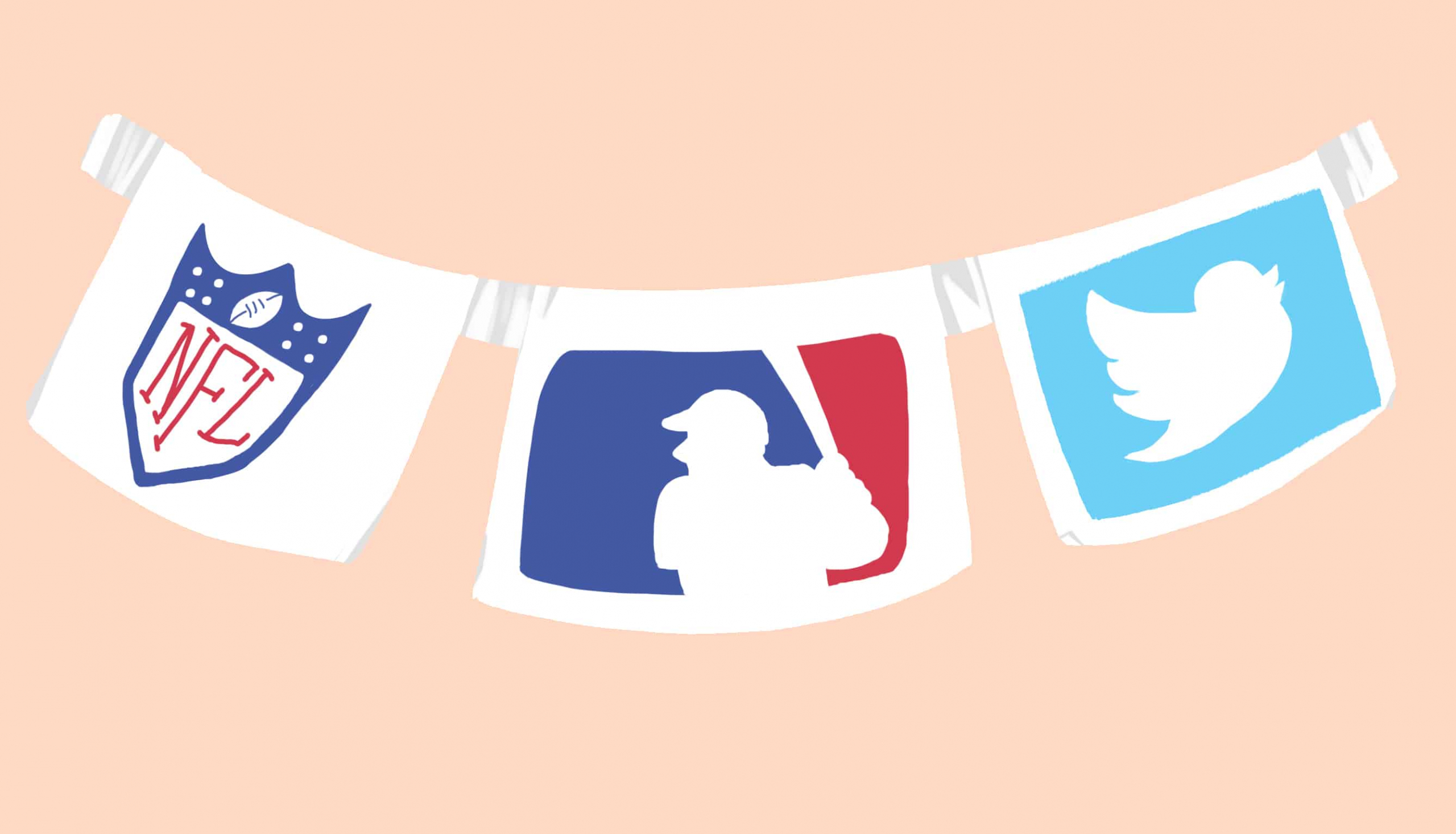Bereft of a television in the age of Internet broadcast blackouts, a typical university student wrestles with poor quality streaming as part of an ongoing struggle to follow their favourite sports teams.
This could soon change. Twitter recently signed a deal with the NFL, the MLB, and the NHL to livestream video content of their games. In addition to the games being livestreamed, Twitter has also agreed to broadcast exclusive NBA content.
As Twitter’s shares have fallen 26 per cent over the past year, the company has been looking for new ways to encourage people to use its service. It recently signed a deal with the NFL allowing them to stream 10 Thursday Night Football games for roughly $10 million.
While this news is exciting for the Twitter users in the United States and several other countries, the typical Canadian student won’t benefit. Following the deals, Rogers Communications issued a statement to Canadians that livestreaming would not apply to the Canadian market.
Since Rogers’ Sportsnet owns Canadian broadcast rights to Thursday Night Football, they were able to pull the plug on the Twitter deal applying to viewers in Canada. Future Blue Jays games and NHL games will also be blacked out, as Rogers owns those broadcast rights too.
Live sporting events have always been a reason for people to put away their laptops or smartphones and turn on their television sets. New York Times staff editor Benjamin Hoffman explains that live sports are the central reason for “prospective cable-cutters to stay connected.”
Since people don’t always have access to a TV while a game is going on though, Twitter capitalized on the huge market of potential viewers who are not yet served. It’s too bad that this still doesn’t serve Canadians.
Outside of Canada, Twitter hopes to entice more people to use its site and to begin “the next generation of real-time content,” explained Anthony Noto, Twitter’s Chief Financial Officer.
Twitter’s reputation and platform accompanied it to the bargaining table, allowing it to beat higher bidding competitors for the rights to livestream the games. Brian Rolapp, the NFL’s Executive Vice-President of Media explained, “We did not take the highest bidder on the table… We want to see how they use the unique platform, and syndicated tweets all over the internet.”
James Cakmak, an analyst, wrote that, “This is a bigger strategic effort for Twitter than it would have been for any of the other reported companies… It will be interesting to see how exactly they leverage [the deal].”
September 15 marked the first live football game broadcasted on Twitter. The feedback about the first week’s broadcast included some criticism but was generally positive. One issue was that the Twitter telecast was delayed, allowing people to read tweets about the game before the telecast was able to catch up. While this may have hampered the viewing experience, it is likely that the issue will be resolved quickly.
The Twitter viewership paled in comparison to that of the major TV networks; their 2.1 million viewers made up only 14 per cent of the average TV audience for a Thursday night game. This percentage doesn’t tell the entire story, as roughly 281.25 million people have access to CBS, and Twitter has only 66 million users in the US.
Twitter is making aggressive moves to increase their following and enhance the live experience for its users. However, for the foreseeable future, Canadian media companies like Rogers will continue to have the power to stop Canadian Twitter users from enjoying these broadcasts.


